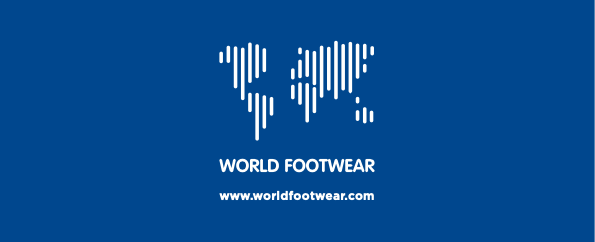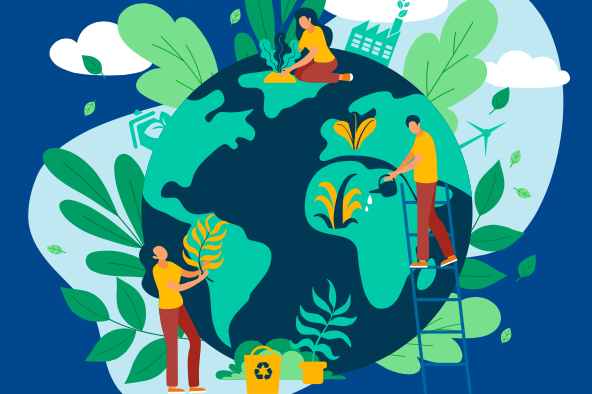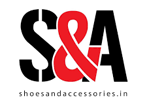Sustainable Development – Movements and Organisations
Report produced by: World Footwear by Portuguese Shoes
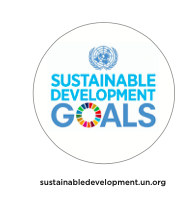
UNITED NATIONS – 2030 Agenda for Sustainable Development
At the United Nations (UN) Summit held in New York in September 2015, historic strategic lines and an ambitious agenda for poverty eradication and global economic, social and environmental development by 2030, known as the “Agenda 2030 for Sustainable Development” has been approved
The 2030 Agenda includes 17 Sustainable Development Goals (SDGs), succeeding to the 8 Millennium Development Goals (MDGs) that were established until 2015, and which, unlike those that were only intended for developing countries, should be implemented to all countries in international cooperation.
Contents
1• Introduction
2• Sustainable Development – Movements and Organisations
3• How to Communicate Sustainability
4• Main Environmental Labels Applied to the Textile and Footwear Sectors
5• Sustainability Tools
6• Future Perspectives – Transparency and Traceability
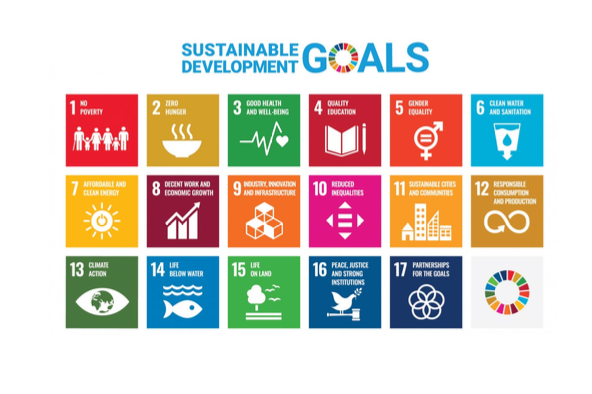
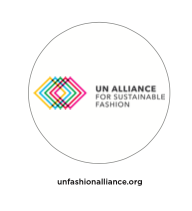
United Nations Alliance for Sustainable Fashion
The United Nations Alliance for Sustainable Fashion is an initiative of the United Nations member states and allied organisations. This Alliance was designed to contribute to achieving the Sustainable Development Goals through the definition of coordinated actions in the fashion sector.
Fashion, as understood by the Alliance, includes clothing, leather and footwear, made from textiles and related products. The scope of the United Nations Alliance for Sustainable Fashion ranges from the production of raw materials and the manufacture of clothing, accessories and footwear to their distribution, consumption and disposal.
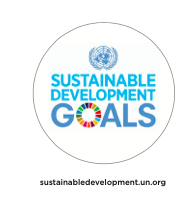
SAC
The SAC – Sustainable Apparel Coalition is one of the largest global alliances that brings together entities from the textile, clothing and footwear sector, intending to achieve sustainable production.
In 2009, the irreverent Patagonia brand and Walmart, the largest retail company in the United States, joined efforts to reduce the environmental and social footprint of the clothing and footwear industries in scale. Initially, they invited CEOs of other companies worldwide to jointly develop an index that measures the environmental impact of their products.
Ten years and more than 250 leading brands later, SAC continues to grow into a global joint effort progressively. In 2020, the Alliance’s commitment is to improve the Higg Index’s degree of transparency.

FASHION REVOLUTION
The Fashion Revolution is a movement that emerged after the accident that occurred on the 24th of April of 2013, at the Rana Plaza building in Bangladesh.
The Fashion Revolution positions itself as the most significant activist movement in the fashion world. It celebrates fashion and its power of positive and systemic transformation in the industry, inviting consumers to question the brands of their products about “Who made my clothes?”.
About four years ago, Fashion Revolution promoted the creation of a platform that allows more visibility and fewer barriers between consumers and producers, launching the “Fashion Transparency Index”. This fourth published report involves more than 200 global fashion brands, classifying them according to the disclosure they make of their social, environmental, policies and practices.
How to Communicate Sustainability

Fashion Transparency Index – H&M GROUP
The Fashion Transparency Index Report is a document published annually by the Fashion Revolution movement. In April 2020, the fifth report was launched, measuring and classifying the most notable fashion brands and retailers in the world according to the way and how they disclose information about their suppliers, their policies, practices and social and environmental impacts.
According to the Fashion Revolution, companies cannot guarantee that human rights are respected, that working conditions are adequate, and the environment is protected without knowing where their products are manufactured. That is why transparency is essential. It is the first step towards making brands responsible for human rights and the environmental impact of their practices.
Regarding 2019, more than 250 brands were scrutinised, and the H&M group achieved the first place in the ranking. Transparency has been a cornerstone of the H&M Group’s sustainability work. In 2013, H&M Group was one of the first global fashion brands to make public its list of suppliers and the group has a Global Strategy for Transparency.
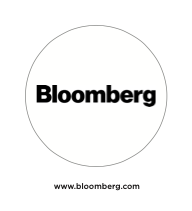
BLOOMBERG
Bloomberg L.P. is a privately held limited company based in New York. It has approximately 20 000 employees at 172 locations worldwide.
Since its founding in 1981, Bloomberg’s mission has been guided by the principle that transparent markets empower investors, stimulate entrepreneurs and support economic growth. Better data leads to better decisions.
Bloomberg recently published the 2019 Impact Report, which provides an overview of its efforts to promote sustainable financing and business practices through our products, our operations, our people and our partnerships.
Sustainability Tools
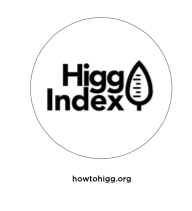
HIGG INDEX
The Higg Index is a set of tools that allows brands, retailers and companies of any dimension – at all stages of their sustainability journey – to measure the performance of social and environmental sustainability.
The HIGG Index was developed in 2012 by the Sustainable Apparel Coalition and is the central platform for standardised assessment of supply chain sustainability.
The Higg Index offers a global overview that empowers companies to make significant improvements that simultaneously protect the well-being of workers, local communities and the environment.
The Higg Index is a platform that brings together several sustainability measurement tools divided into three major groups of activity:

LCA
Life Cycle Analysis (LCA) is one of the most complete and rigorous scientific tools for measuring a product’s environmental impact.
The LCA has a scope of application in all stages that involve the life cycle of a given product and is applicable from the extraction of raw materials, through the steps of production, distribution and use, until its final destination, that is, a holistic approach known as from cradle to grave.
The standards that addressed various ISO stroke themes were restructured, and in 2006 the multiple items were compiled in ISO 14040 and ISO 14044 Standards, which are currently the primary standards that bring together the principles and guidelines for the systematisation of an LCA.
SUSTAINABILITY REPORTS
A sustainability report is a tool that companies and organisations can use voluntarily. It is an instrument that serves to introduce and advertise the indicators of the social, economic and environmental performance of an institution with a high degree of transparency.
The sustainability report is essentially a way of periodically communicating and demonstrating to all interested parties, from competent entities, financial institutions, customers, suppliers, employees and the community in which is the company is located of its overall performance in the three pillars of sustainability.
Each organisation can prepare its document according to the guidelines it considers most relevant; however, worldwide there is unequivocal recognition in the guidelines promulgated through the standards publicly released by the Global Initiative Reporting (GRI).
Working together, the UN Global Compact (UNGC) and GRI has configured the report in SDG Action Platform – a resource for businesses measure and report your contributions to the SDGs
To get access to the full report go to
